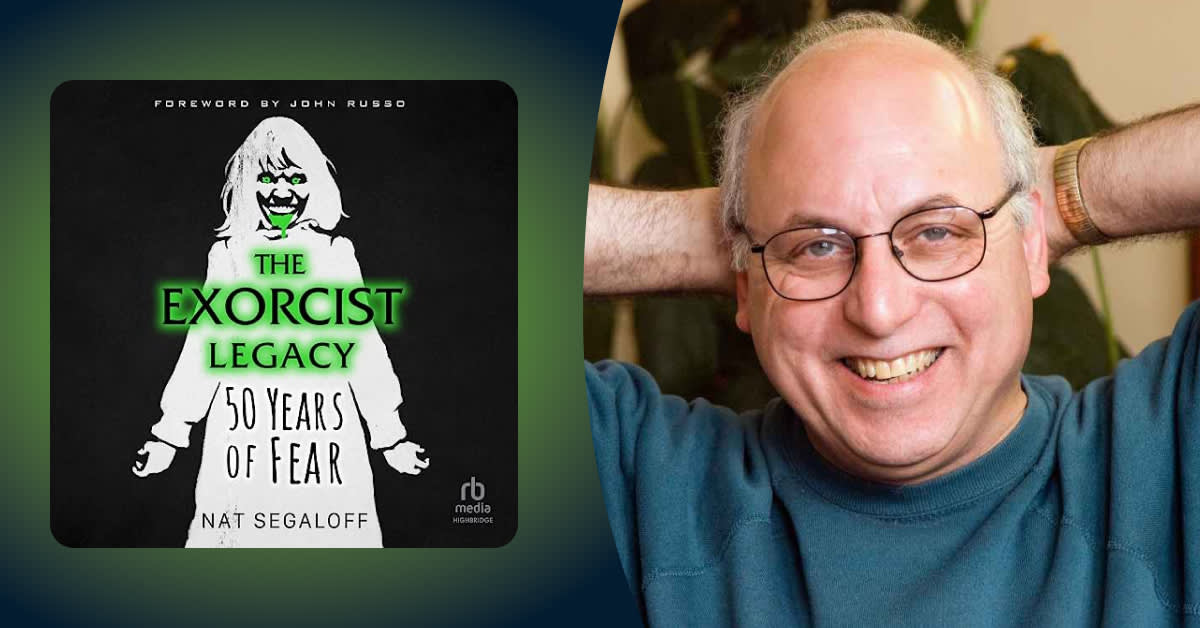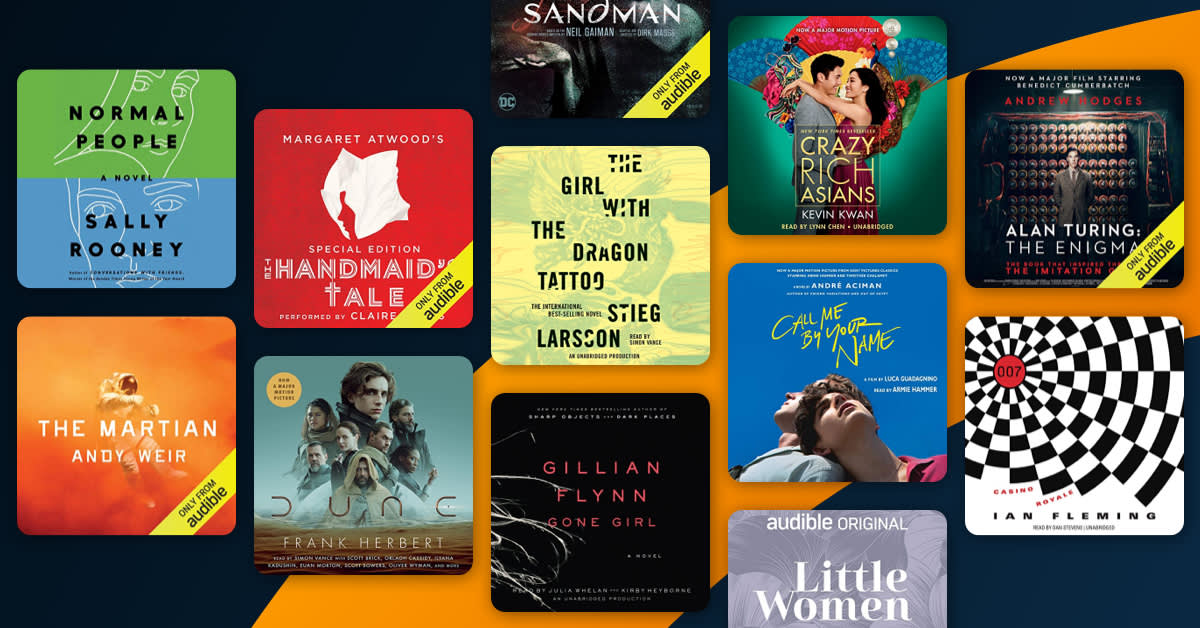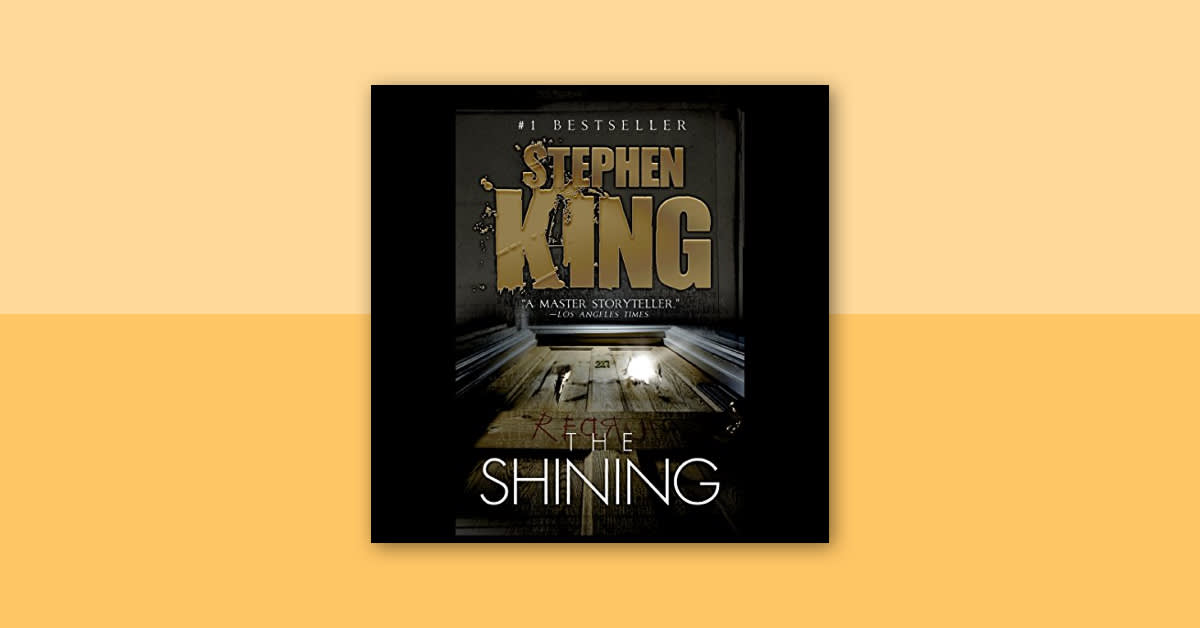If you’re a fan of the original film, or one of the many continuations, spin-offs, and spoofs of The Exorcist, you’re in for a treat. Nat Segaloff, biographer of the 1973 film director William Friedkin, shares some of his original audio taken from behind the scenes of the 1973 film set. In The Exorcist Legacy, Segaloff examines what made the movie so groundbreaking at the time and the current cultural phenomenon it remains to this day.
Audible: The Exorcist has long been rumored to have been cursed before, during, and after production. Why do you think that is?
Nat Segaloff: This “curse of The Exorcist” is poppycock. Okay, so the set burned down. Okay, so one of the actors died right after filming. Okay, so a giant statue of Pazuzu wound up in Singapore and not on location. Okay, so someone’s uncle died and someone’s brother died.
On the other hoof, if you take 500 people working on a film and follow them and their families for three years, statistically something creepy is going to happen to someone. The nature of the film begs this sort of legend that you don’t hear, say, about a rom-com.
Which is your favorite version of The Exorcist?
My favorite version, or edit, of The Exorcist is the one that opened on December 26, 1973, exactly the way director William Friedkin finished it. I also like parts of the subsequent versions that include “the stairwell scene,” the first doctor’s exam, and the “Casablanca ending," because those scenes were restored at the behest of William Peter Blatty, but there’s so much other stuff in these same later versions that I don’t think is necessary.
The audiobook of The Exorcist is narrated by author William Peter Blatty. If you’ve heard the performance, what would you rate it and why?
Send me a copy, and I’ll let you know. Bill had a warm, compelling voice capable of great compassion, as was he.
There are people who, to this day, refuse to see The Exorcist. How can you persuade them to give it a look?
I believe the filmmakers’ assertion that The Exorcist is not a horror movie; it’s a detective story about the mystery of faith. There is only one “shock” in the film in the traditional sense—it isn’t a slasher film. I have found that the people who seem to be the most deeply frightened by the film are those whose religious faith is based on fear, and yet they are the often the ones who are most moved by the ending. As for the book, its matter-of-fact storytelling is a powerful contrivance to hook the listener or reader and keep them involved.
I believe the filmmakers’ assertion that The Exorcist is not a horror movie; it’s a detective story about the mystery of faith.
Should people see the Exorcist films before listening to The Exorcist Legacy?
The Exorcist Legacy is a spoiler from beginning to end, and I wrote it to hold the hand, if you will, of those who have seen the Exorcist films and want to learn more about them. Sadly, the prequels and sequels are less effective than the original, although some have good points, and the audiobook explains how and why. Think of it as a companion rather than a replacement.
What surprises did you encounter while researching and writing the book?
I have been bedeviled by The Exorcist from the moment it opened in 1973 when I was a publicist, so there was little new information for me to find. In 1990 I published the biography of the film’s director, William Friedkin, so in a way, I have been, um, possessed by The Exorcist for half a century. The surprises included learning about the actual case of possession that inspired William Peter Blatty back in 1949, the vicissitudes of everybody who attempted to make prequels or sequels, and the frightening fact that some people out there think The Exorcist is a documentary.
How do you feel about having an audiobook edition of The Exorcist Legacy?
Since I narrate and produce audiobooks myself I am intrigued to hear how Tantor, whom I respect, will pull this off. I try to write in a linear style that makes my words easy to understand when spoken. I just hope the humor comes off—I’m pretty sure the profanity will.
Author photo by Liane Brandon.







